Description
Lenstar LS900 is an optical biometer that accurately captures all dimensions of the human eye. It is used mainly in the case of IOL (Intraocular Lens) surgery, where the eye’s natural lens needs to be replaced by an artificial one.
In such cases, having the correct dimensions of someone’s eye structures is essential. Proceeding with the surgery without accurate or imprecise measurements can be risky.
Lenstar LS was developed by the Haag-Streit Group, whose headquarters are in Switzerland. The company is a leading provider of medical equipment, and one of the fields they cater to is the optical healthcare industry.
Equipment used in Optical Biometry should always be bought from a trusted source and tested before subjecting a patient to it. Equipment in the market is constantly evolving. No matter how accurate the equipment is, medical assessments always have room for more precision.
Lenstar LS900 Key Features:
- With its integrated Hill-RBF method, Barrett and Olsen formula, and the optional Toric Planner with the Barrett Toric Calculator, the Haag-Streit Lenstar provides the user with the latest technology in IOL prediction for every patient.
- In a single measurement scan using optical low coherence reflectometry (OLCR), the Haag-Streit Lenstar captures axial dimensions of all-optical structures of the human eye.
- Dual-zone keratometer; equivalent to gold-standard manual keratometer (Javal).
- Sixteen measurements are taken per meeting. In normal mode, 94.4% of the eyes can be measured; in Dense Cataract Mode, 98.4%.
- User-friendly, both manual and automatic models are available.
- T-cones Toric planner as an option for toric lenses.
The future begins now – The “all in one” biometer.
The Haag-Streit Lenstar LS enables a complete biometric measurement of the patient’s eye in a single step, including lens thickness (lens position), anterior chamber depth, and retinal thickness. The LENSTAR is now the gold standard for distance measurement.
- “All in one” means all measurement results with one measurement
Nine results with one measurement, including lens thickness
- T-Cone Toric Platform
LENSTAR’s unique measurement and planning platform for toric IOLs. We are now featuring the Barrett Toric Toric IOL Calculator for improved prediction.
- Implemented Olsen Formula for Excellent IOL Prediction
The LENSTAR was the first optical biometer on the market to measure lens thickness (LT). With this option and the Olsen formula integrated with the LENSTAR, you get the best predictive values for premium IOLs. - Perfect post-refractive IOL calculation
After Lasik, the integrated post-Lasik formulas Shamma No-History, Masket, and modified Masket enable a quick and easy calculation.
More Features:
Lenstar LS is an excellent choice regarding optical anatomy measurements. It is one of the best technology in the market that caters to optical procedures. This optical biometer is also the first to assess crystalline eye lens thickness.
Regarding errors and inaccuracies in optical diagnosis, incorrect measurements can lead to vision issues. To combat that, optical surgeons are always looking for the latest technologies that can predict accurate measurements and are easy to use.
Here are a few other features of this optical biometer that make it desirable in the optical care industry:
Complete eye data
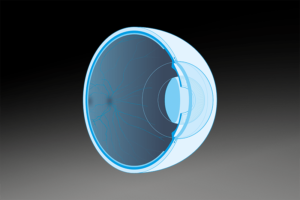
Through a single scan, the LS900 gathers all axial dimensions of the eye, from lens thickness to corneal curvature. It also captures other data required in various optical procedures or calculations.
A plus point of this device is that it is non-invasive and contactless. Surgeons always look to reduce the amount of physical contact during an examination. Lenstar LS 900 takes care of that issue as well.
IOL Surgery
Intraocular Lens surgery is performed when a person cannot form clear vision in their eye; the condition is called a cataract. It alters the vision of an individual, and things start appearing blurry.
Cataracts arise when a person grows old or suffers some injury. Sometimes genetic disorders are also responsible for this condition.
To correct this state and restore the quality of vision, IOL surgery is performed. For this surgery to be successful, accurate dimensions of a person’s natural eye lens are required.
LS 900 provides the most accurate assessments regarding IOL power.
Optical Biometry for better outcomes
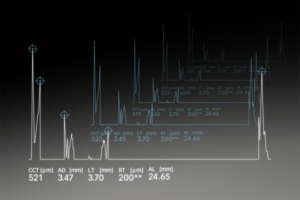
In straightforward terms, optical Biometry refers to optical measurements. Optical Biometry is required to measure the power of the eye’s cornea, which calculates the Intraocular Lens power.
The thickness of the eye lens is a determining factor in the image produced by the eye. When the eye lens gets cloudy, people cannot see what they are looking at.
This condition is known as a cataract. Ophthalmologists suggest Intraocular Lens surgery in case of cataracts.
Best Results with the excellent K value:
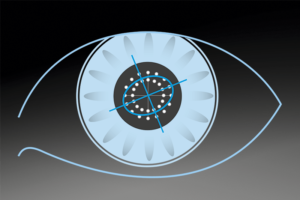
In optical Biometry, ‘K-values’ refer to measurements of the eye’s corneal surface’s flat and steep meridian.
LS 900 has T-Cone topography for precise axis measurement. It comes in handy with patients suffering from Astigmatism.
Dual-Zone Keratometry
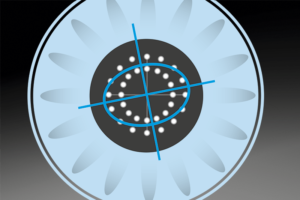
Keratometry refers to the assessment of the corneal radius of curvature. Corneal curvature determines the power of the cornea.
Lenstar LS provides dual-zone Keratometry, measuring both axis length and Astigmatism. This dual-zone keratometry feature equals the “Gold Standard” manual Keratometry manufacturers recommend for IOL.
Both T-Cone topography and Keratometry are used in patients with Astigmatism.
Improved Refractive Outputs
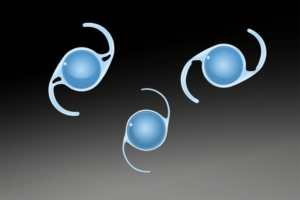
A set of premium IOL calculation formulas are provided by EyeSuite IOL software. These formulas help patients with a history of keratorefractive surgery and regular cataract patients.
Lenstar LS 900 also comprises a ‘Toric Planner’ (optional) that assists patients’ IOL selection and planning process.
Multiple measurements per procedure
LS 900 gathers seven different types of measurements through a single scan. Some of them are:
- Lens Thickness
- Pupillometry
- Axial Length
- White to White
- Keratometry
- Anterior Chamber Depth
- Pachymetry
Advanced IOL Planning
Lenstar LS 900 provides the user with the best toric IOL predictions with the help of the Barrett Toric calculator.
This calculator gives a dynamic calculation of the lens position in the eye. This leads to better cylinder power and better axis calculation. In many cases, all these parameters may not be required, but they are essential data for refractive procedures.
Besides the above seven measurements, Lenstar LS 900 can also assess other areas of the eye structure and provide accurate results.
Useful for Special Eye Conditions:
Besides the above measurements, Lenstar can be used on pseudophakic and aphakic patients.
The software also has provisions in case of manual errors. If the selected eye condition is incorrect, the surgeon can easily change it after the procedure.
Other advantages:
In addition to accurate optical assessments and ease of use, there are other advantages to this optical biometer.
LS 900 software is the latest technology and is easy for all patients. Compared with competitors whose software remains outdated even after upgrading, this device is easier to operate.
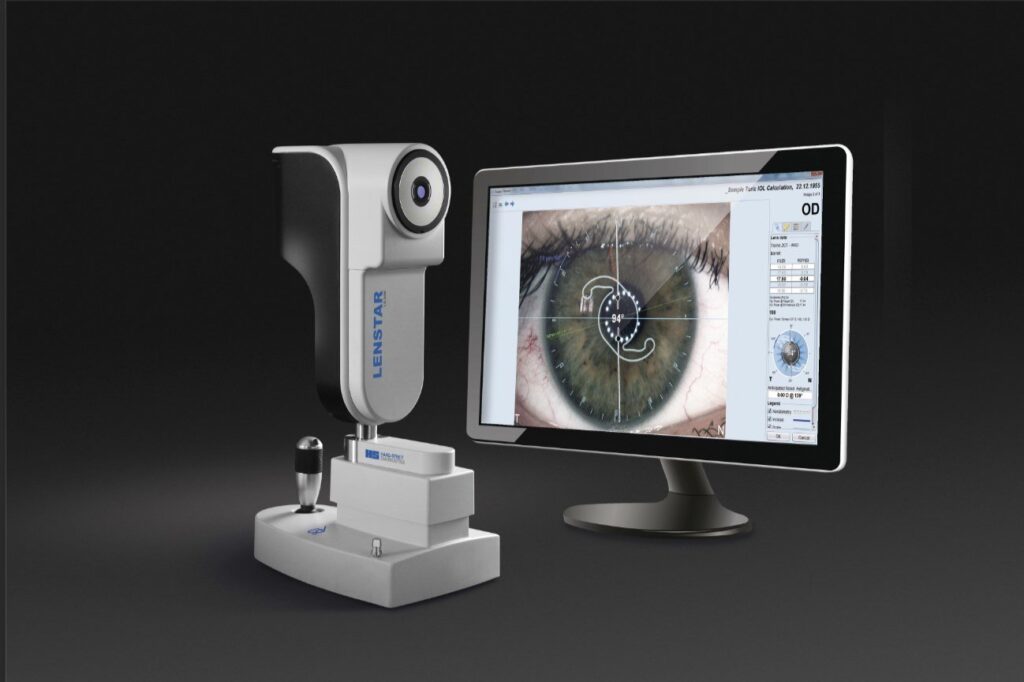
Technical data:
-
- Axis length measurement (A-scan) and central fixation
- Light Source: Superluminescent Diode,
- Wavelength: 820 nm,
- Power on the patient’s eye: <0.6 mW,
- Keratometry
- Light source: LED,
- Wavelength: 950 nm,
- Central Corneal Thickness (CCT)
- Measurement range: 300 – 800 μm,
- Screen resolution: 1 μm,
- In-vivo repeatability (1. SD): ± 2.3 μm,
- Anterior chamber depth (ACD)
- Measurement range: 1.5 – 6.5 mm,
- Screen resolution: 0.01 mm,
- In-vivo repeatability (1. SD): ± 0.04 mm
- Lens thickness (LT)
- Measurement range: 0.5 – 6.5 mm,
- Screen resolution: 0.01 mm,
- In-vivo repeatability (1. SD): ± 0.08 mm
- Axle length (AL)
- Measurement range: 14 – 32 mm,
- Screen resolution: 0.01 mm,
- In-vivo repeatability (1. SD): ± 0.035 mm,
- Keratometry (R)
- Radius measuring range: 5 – 10.5 mm,
- Screen resolution: 0.01 mm,
- In-vivo repeatability (1. SD): ± 0.03 mm
- Axial angle measurement area: 0 – 180 °,
- Screen resolution: 1 °,
- In-vivo repeatability (1. SD): ± 11 °
- Corneal diameter (measured by the WTW method)
- Measurement range: 7 – 16 mm,
- Screen resolution: 0.01 mm,
- In-vivo repeatability (1. SD): ± 0.04 mm
- Pupillometry
- Measurement range: 2 – 13 mm,
- Screen resolution: 0.01 mm,
- Axis length measurement (A-scan) and central fixation
- Everything is placed on a mobile Haag-Streit table Model: SB-01,
- Used, perfect technical condition,
- Swiss production,
- Smooth manual height adjustment,
- Tabletop dimensions: 90 x 40 cm,
- The dimensions of the biometer itself: are 310 x 260 x 420 mm,
- Weight: 6.2 kg,
- User manual in Polish (PDF),
- Has a valid Technical Passport issued,
- Guarantee:
- Six months for the domestic market,
- One month for the international market,
Included:
- Canon inkjet printer,
- Samsung Model B2030 LCD Monitor,
- Keyboard,
- Mouse,
- LENSTAR Shield
In addition, the system’s customizable measurement options make it easy to tailor the measurements to each patient’s specific needs. Its efficient data management features, such as automatic saving and transfer of patient data, make it easy to keep track of patient data and streamline the data management process.
The Haag-Streit Lenstar LS900 Optical Biometer is also designed with user comfort in mind, with an ergonomic design and intuitive software that makes it easy to use and customize.
In conclusion, the Haag-Streit Lenstar LS900 Optical Biometer is an excellent choice for ophthalmologists who want to provide the best possible care for their patients. Its high-precision measurement, customizable measurement options, and efficient data management make it an invaluable tool for measuring axial length, corneal curvature, and other ocular parameters.
Source
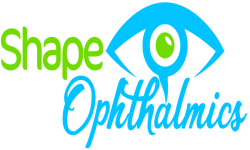

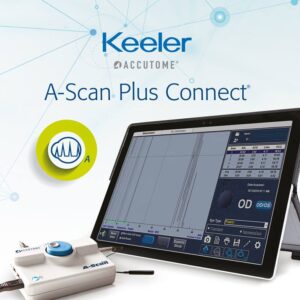
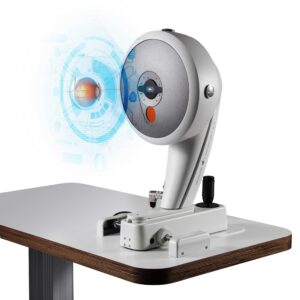
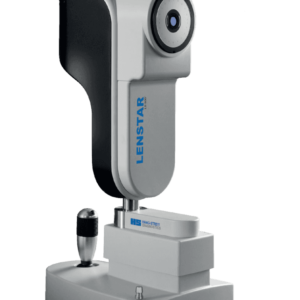
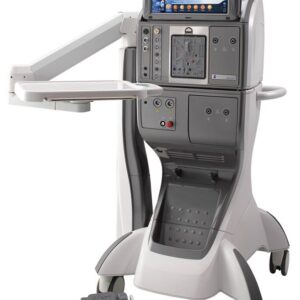
Reviews
There are no reviews yet.